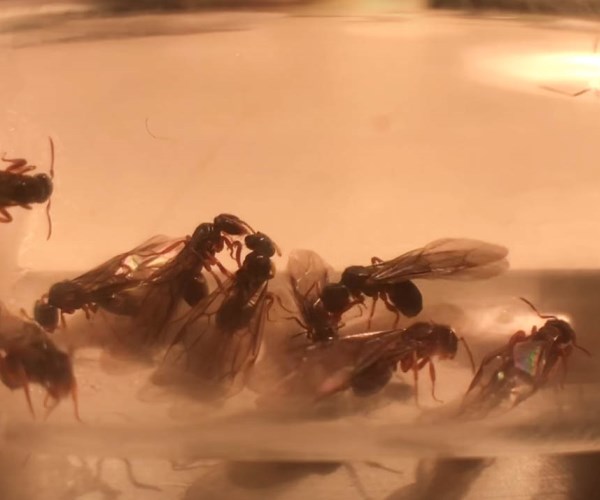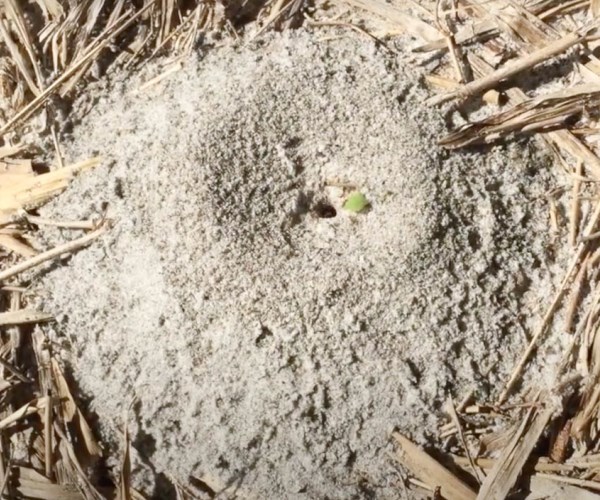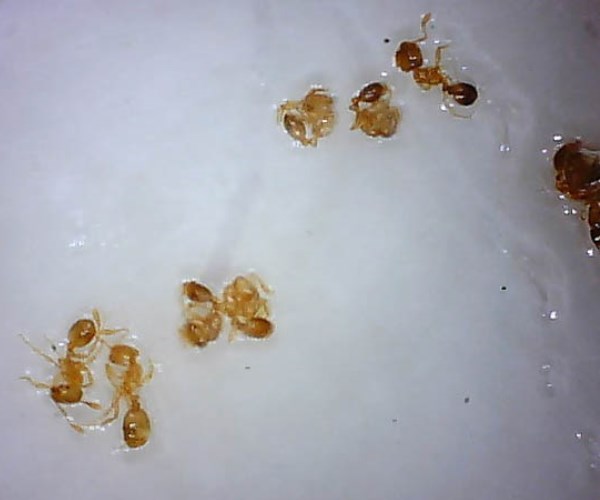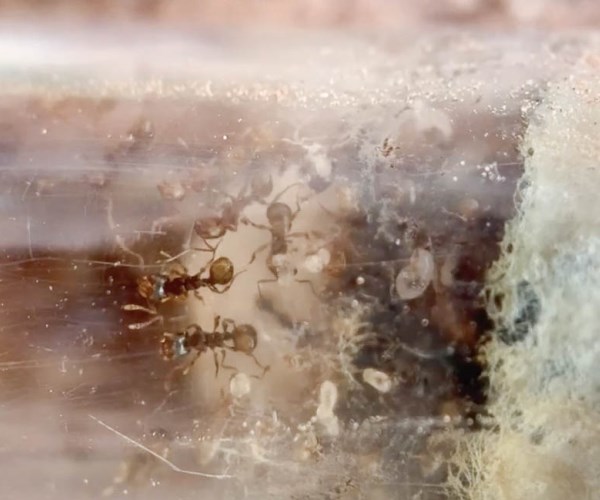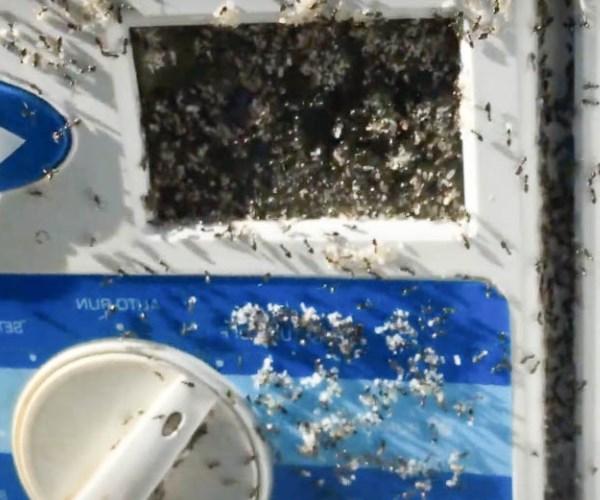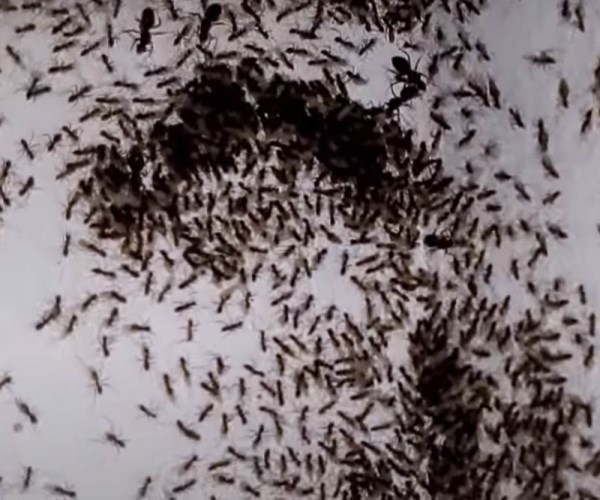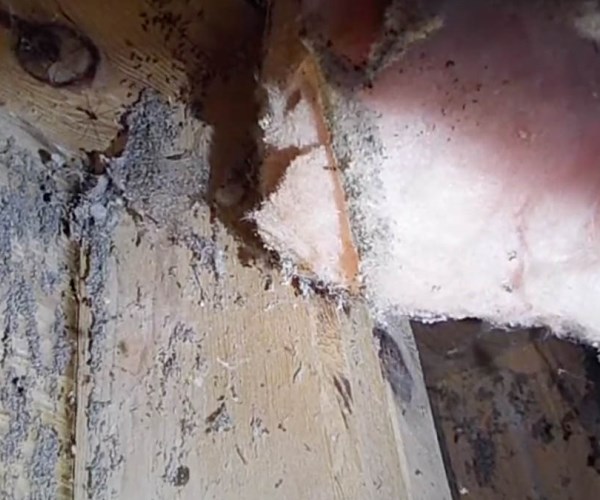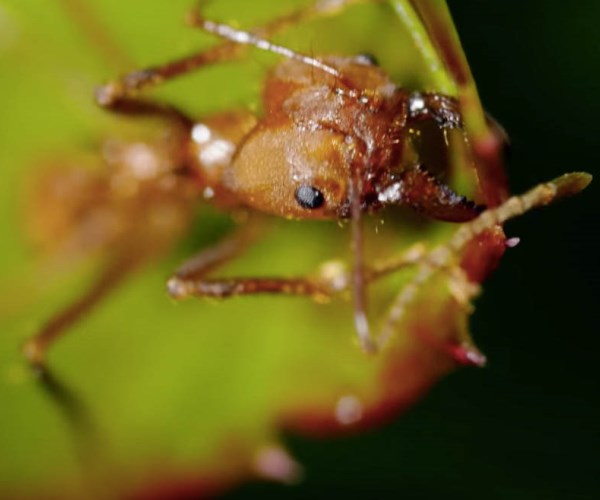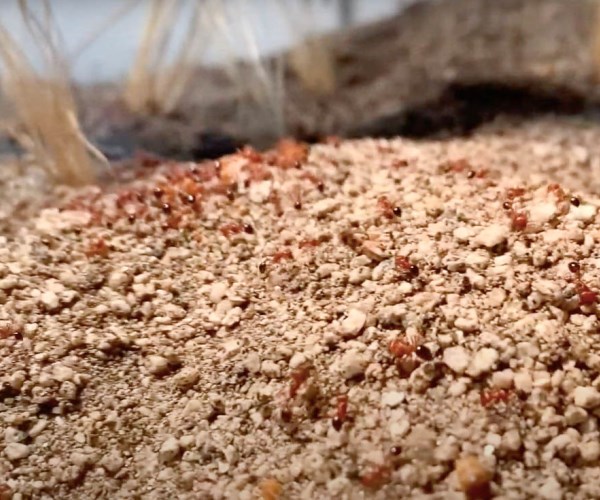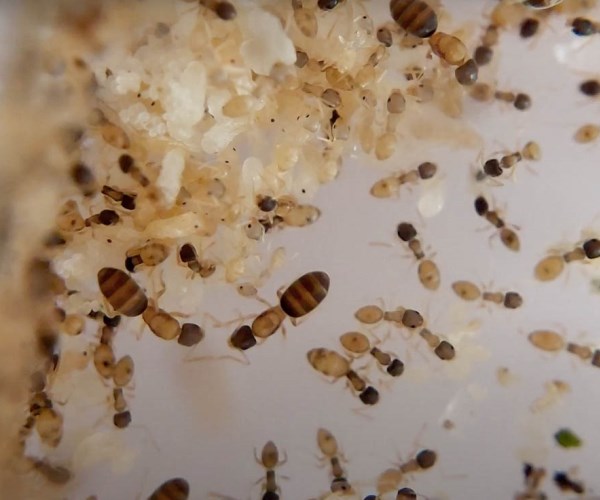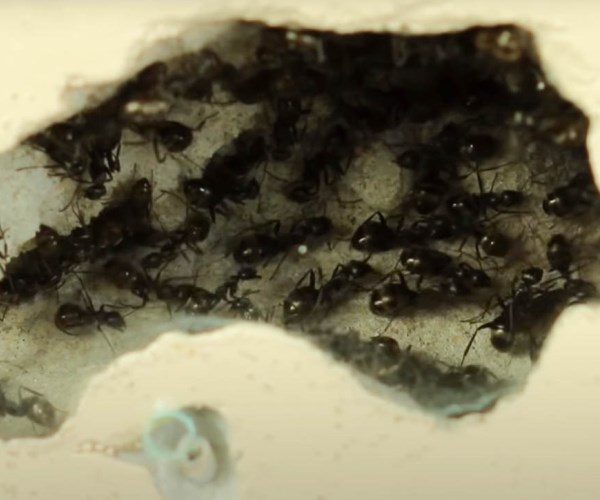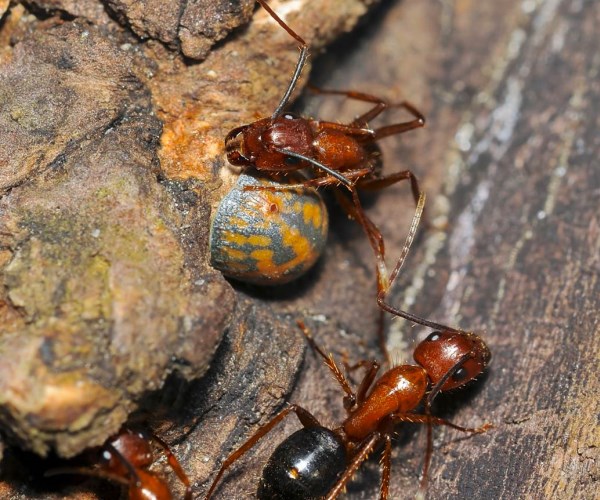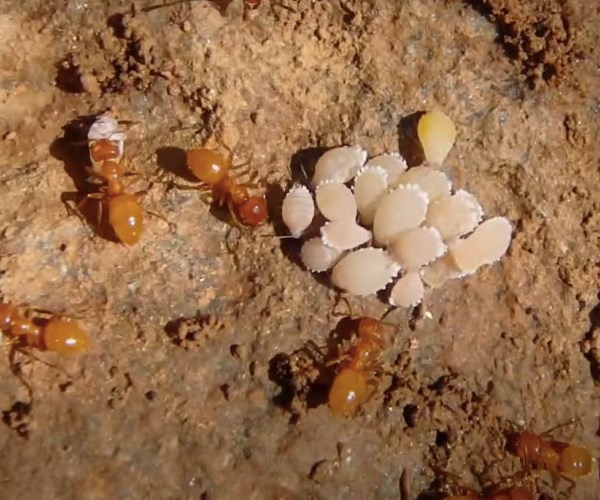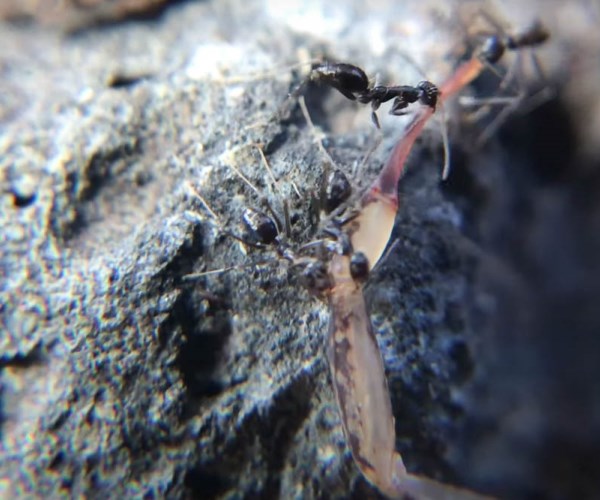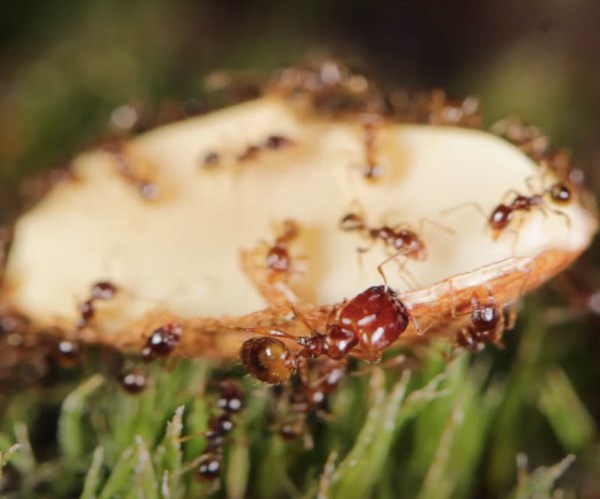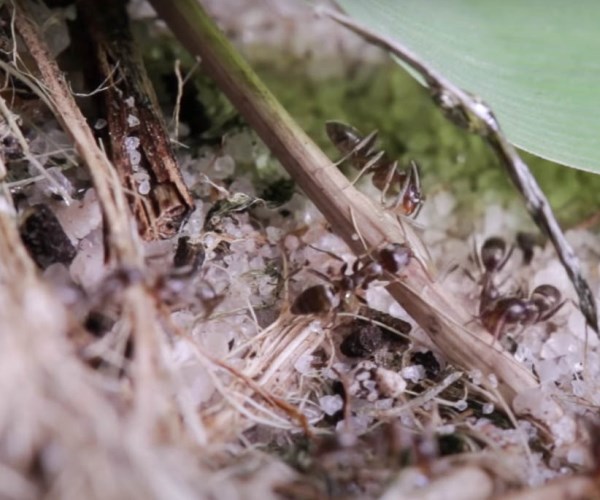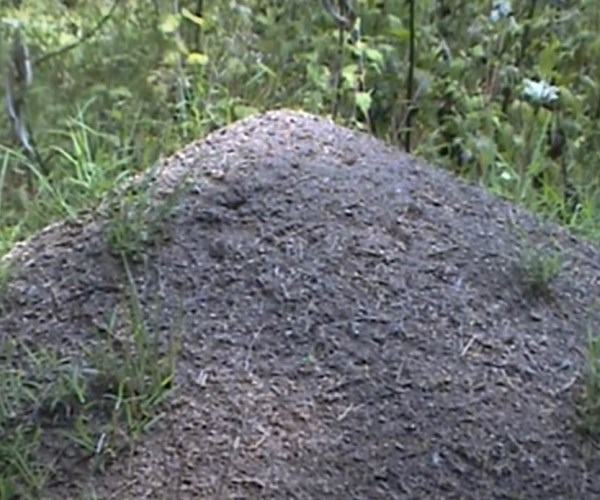About Acrobat Ants
About Acrobat Ants
Acrobat ants are so named because of their appearance. The ants hold their abdomens up higher than the rest of their bodies. The way the ants hold up their abdomens gives the impression of performing a balancing act.
Appearance
With colors ranging from black and dark brown to black and red, acrobat ants are a species of small insects. The average length of an acrobat ant is between 1/16 th and 1/8 th of an inch. The ants are also known for their segmented bodies. Acrobat ants also have a heart-shaped abdomen which is typically colored differently from the rest of the body. The heart-shaped abdomen of acrobat ants is mostly darker than the rest of the body.
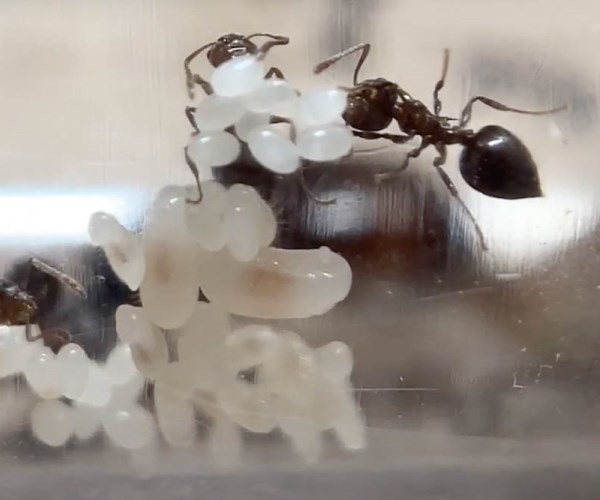
Behavior
The winged males and females are the reproductive members of this ant species, just like other species. The reproductive males and females warm during fall and mate. Afterward, the female removes her wings and becomes the queen of a new colony. Every colony of acrobat ants has a queen and thousands of workers.
Acrobat ants usually nest in sites such as stumps, woodpiles, porches, decks, and trees. They also infest homes, through entry sites such as foundation cracks and utility line entrances. Within homes, they nest in insulation and behind walls. Acrobat ants prefer to nest in areas with moisture, typically from water damage. When they live in trees, they could take over spaces formerly occupied by termites and other wood-boring insects.
A major component of the diet of acrobat ants is honeydew. Honeydew is the waste that aphids and mealybugs excrete. They also feed on insects, both alive and dead, and are attracted to proteins and sweets found in kitchens and pantries. When nesting outdoors, their diet could be mainly insects and honeydew. When they move indoors, they switch to sweets and proteins.
Globally, there are about 400 species of acrobat ants. In the US, there are 25 species of ants. One species of the critter is a significant part of the ecosystem of the southeastern US, making up the diet of an endangered species, the red-cockaded woodpecker. The ants are very territorial. Because of the strong territorial nature of the ants, two species will not share a nesting site.
Since they infest indoor spaces and support themselves with commonly available food, acrobat ants have a wide distribution globally.
Damage
Acrobat ants are not regarded as a destructive species. They also nest outside a lot of the time. Still, when they infest properties, they can cause damage in different forms. The ants contaminate the foods which they feed on and come in contact with.
They also produce debris that could come from the wall they are infesting or the floor. Acrobat ants can also exacerbate the structural damage started by other wood-boring insects. Since they nest in insulations, the ants can also strip insulations from electrical wires. When they do so, they create short circuits and cause fire hazards.
Infestation signs
Even though acrobat ants prefer to nest outdoors, they could come indoors for food and water. Thus, one of the signs of an infestation is finding them searching for food. The ants release a defense odor when they feel threatened. Disturbing the colony will cause them to produce this defensive odor.
Since acrobat ants occupy existing wood galleries, confirming an infestation may be difficult. The odor and physical features are the two major features for confirming the presence of the ants. They also bite when they feel threatened.
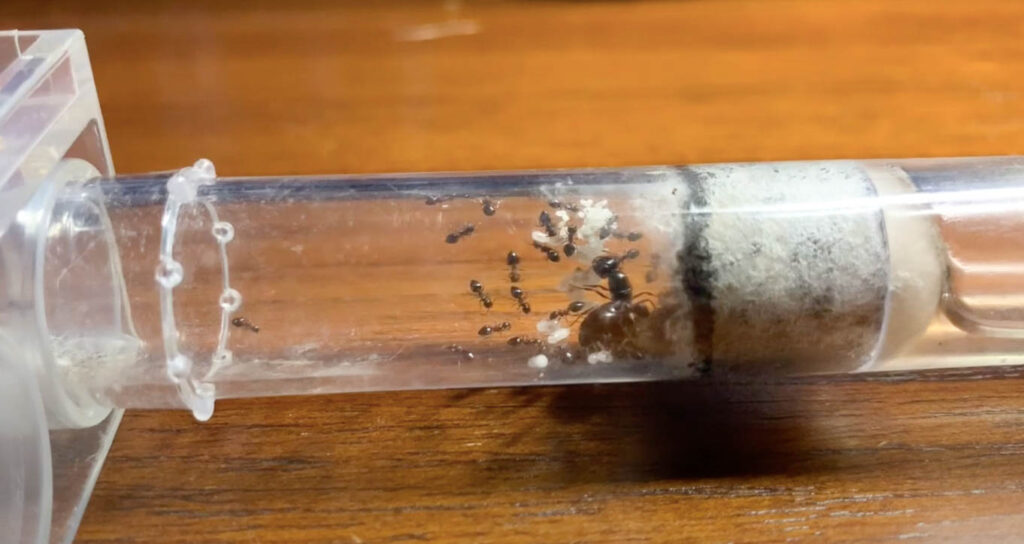
Because it is difficult to identify an acrobat ant infestation, a good focus on the prevention of infestation is important. Prevention and control can be achieved by habitat modification. This means ensuring that there are no moist spaces for the critters to occupy. To prevent outdoor infestation, remove woodpiles and trim trees and shrubbery. Also, seal all possible entry points of the ants, especially around foundations, windows, and doors. Keep possible food inaccessible by storing sweets and proteins in tightly sealed containers too.


